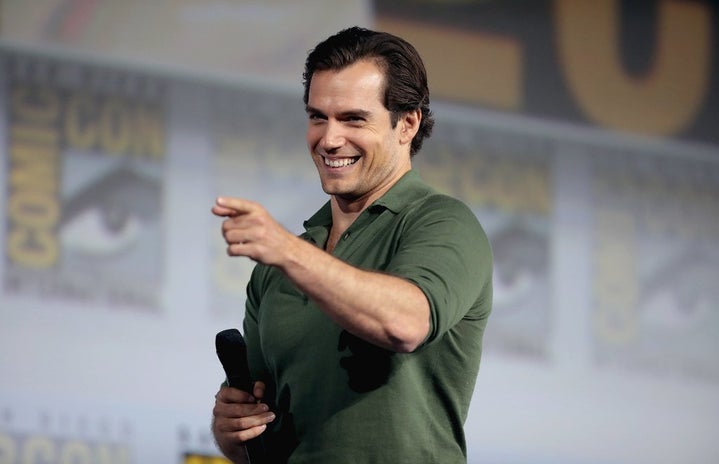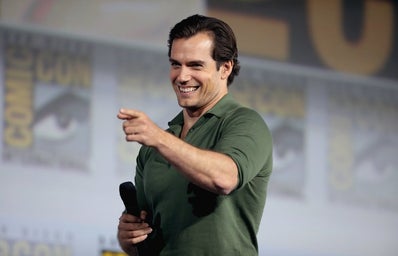There simply aren’t enough fantasy options on television to satisfy fans these days. Especially when we take into account needing to stay at home these days. This comes as no surprise, of course, when we take into account the massive budgets needed to successfully bring fantasy characters and sequences to life on our screens— that is, if you don’t want poorly CGI’d dragons more reminiscent of pixelated cartoons than anything remotely fearsome.
Game of Thrones left a massive void in the television scene upon its rather controversial ending, but it also proved the existence and lucrativeness of the previously “niche” demographic of fantasy fans. With a convenient holiday-centric release date this past December, Netflix’s “The Witcher” sought to capitalize in this market.
And it worked.
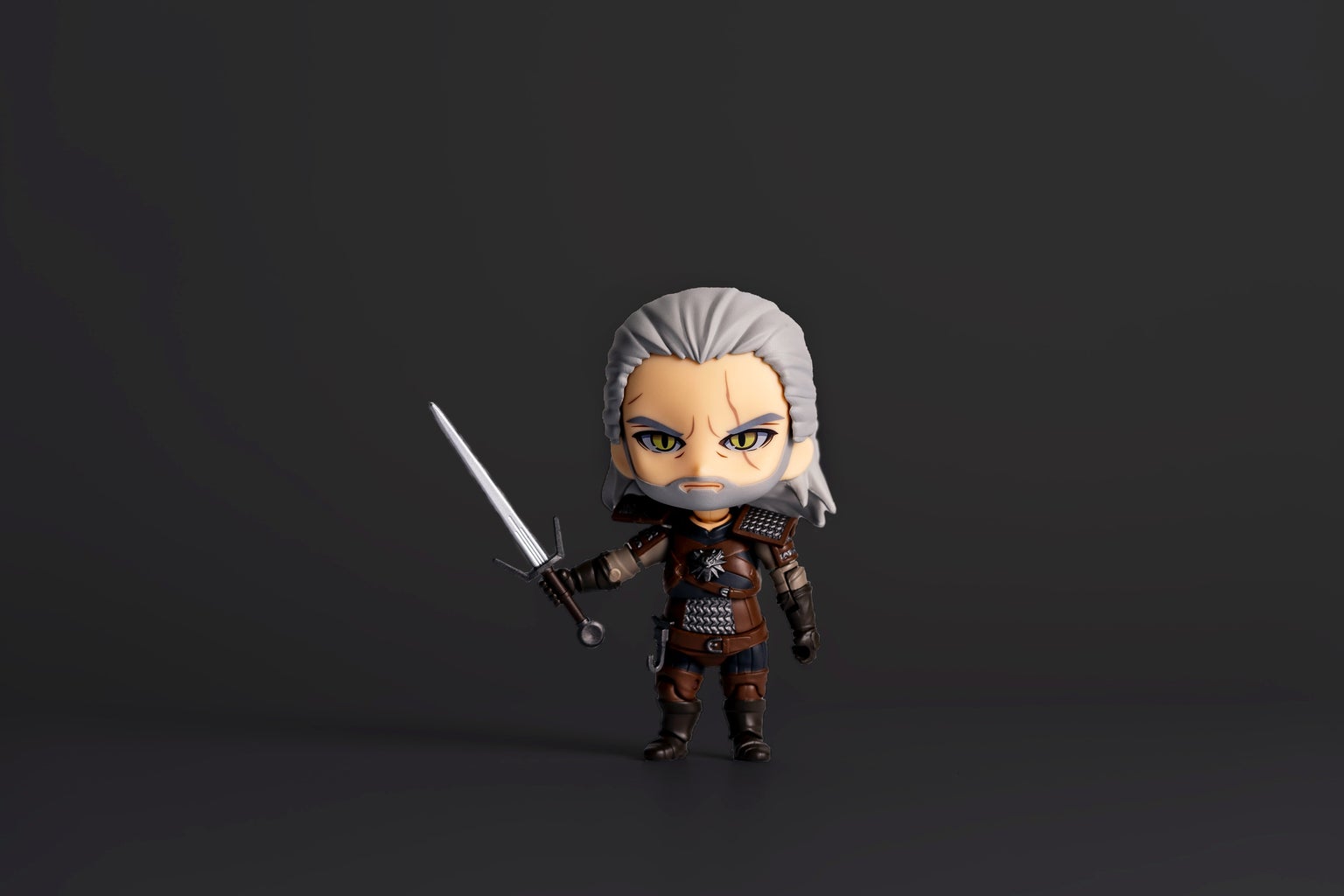
The show features all the classic and nostalgic tropes of high fantasy: monstrous beasts born from the darkest corners of our imaginations, pointy-eared elves of questionable morality, witches manipulating magic they branded “chaos,” and a central political war of domination that sends ripple effects through every kingdom in a realm vaguely called “The Continent.” Whereas its fellow fantasy comrades like “Game of Thrones,” “Legend of the Seeker,” and even “Merlin” take lengthy amounts of time to settle into their world and bring readers along every unfamiliar avenue of world-building, “The Witcher” jumps straight into the action with hardly any explanation— leaving its viewers to scramble along in bewilderment. Though the show’s intentionally twisting plot initially confuses viewers almost to the point of quitting, it’s quickly buoyed on the backs of its vibrantly unique and consequently addictive host of characters.
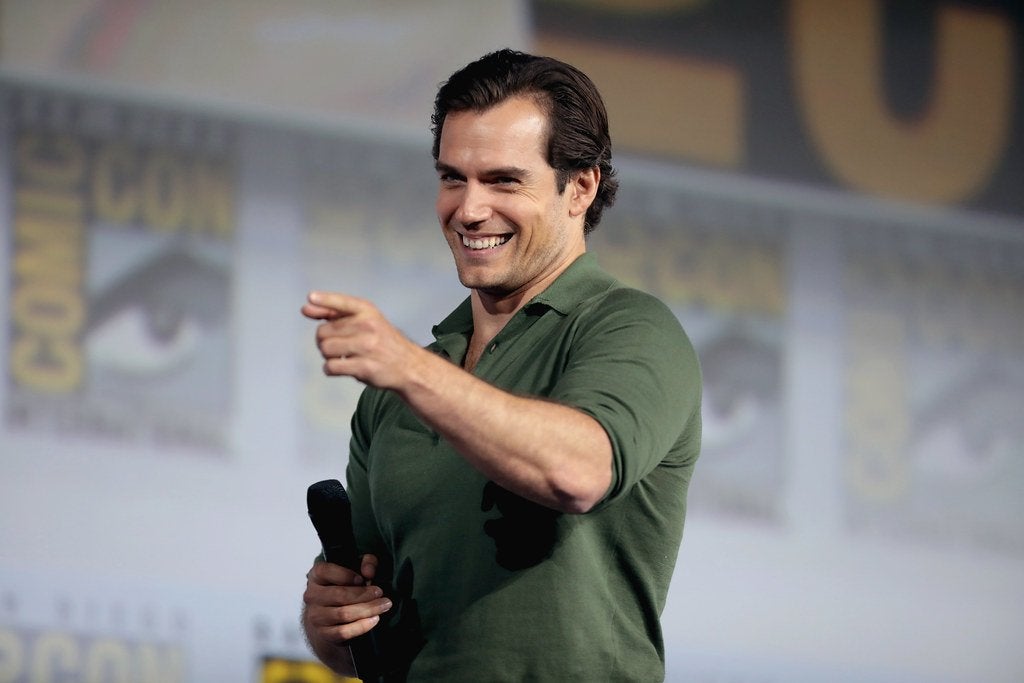
Geralt is meant to look menacing and magnetic, and we quickly get the point that he’s not one to be messed with, but the show falls short of allowing viewers into Geralt’s head. We’re expected to simply run along with whatever his whims are with very little explanation of his motives or much exploration of his background until the end of the show. In that regard, the show functions well enough as an adventure-filled frolick for both fantasy nerds and casual viewers everywhere. It doesn’t take itself too seriously, and we’re happy to follow along with Geralt’s storyline as his brooding mysteriousness appropriately piques our curiosity. But we look forward to soaring stakes in future episodes.
Geralt’s inexplicably loyal ties to all those who quickly become intertwined with his story soften his gruff persona. Though Cavill presents an impenetrable front for his almost antihero protagonist, the show finds its breath of fresh air through newcomer Anya Chalotra who plays the role of sorceress Yennefer of Vengerberg. Chalotra brings the iconic, violet-eyed enchantress to life with cutting dialogue and uncaring looks sent the way of anyone who crosses her. At long last, we’re given a powerful woman whose primary role is far greater than to serve as a love interest for the male lead and is someone who is truly of interest. Yennefer’s humble beginnings as a hunchback in an abusive home strikes the hearts of viewers upon her initial appearance in the second episode.
But she’s no damsel in distress.
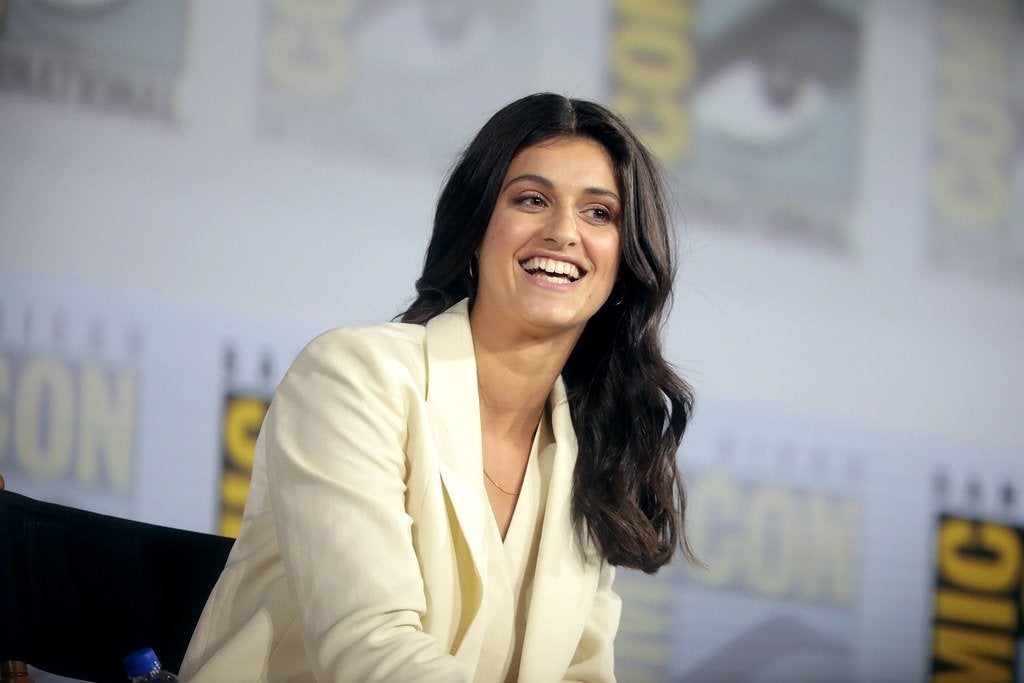
The first season of the show is told between three perspectives: Geralt, Yennefer, and young, displaced Princess Ciri of the newly toppled Kingdom of Cintra. Sent on the run in search of Geralt— who is assigned to be her protector— young actress Freya Allan portrays the third protagonist. Ciri spends a great deal of time simply…well, running. Through no fault of Allan’s delivery, Ciri’s dialogue is bland at best and annoying at worst. Coupled with the angel-blonde hair and alarmingly blue colored contacts, the young princess’ plotline seems only to serve as a temporary distraction from the palpable tension building in the plight of the other two leads. Her role feels important— and we’ve all picked up on enough of the fantasy-action formulas to know she’ll play a larger role later on— but her almost wayward quest in search of Geralt is simply uninteresting while we await their potential union.
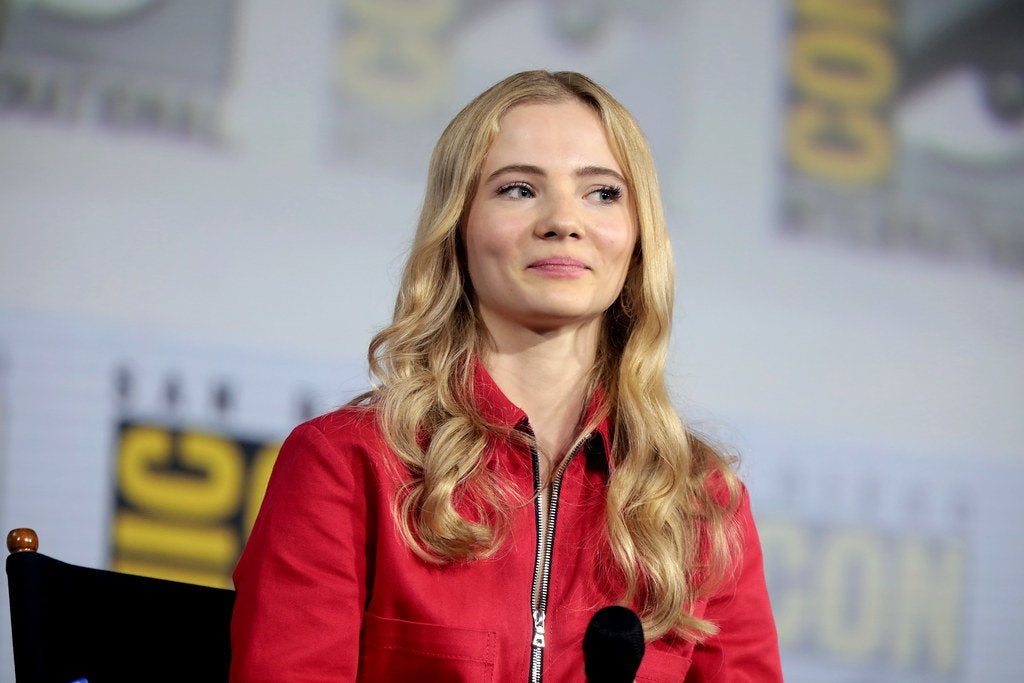
As such, the show quickly became more enjoyable in the latter half. The witty character development and romantic intrigue that develops in episode five coupled with the escalating stakes kept me hooked. And how could I leave out the notorious moments of comic relief provided by fan-favorite character Jaskier the Bard? We have Jaskier’s undying loyalty (and thereby unfailing annoyance) to Geralt to thank for the ridiculously catchy tune of “Toss a Coin to Your Witcher.” Plus, plenty of unconventional (but nonetheless disturbing) villains lurked at every turn of the head to keep me entertained throughout. Our investment in these characters soothes the whiplash from the show’s corkscrewing timeline.
“The Witcher” is a spectacle of great proportions from start to finish. Layered with tilting scales of power and a grayscale of morality, this is one story that’ll leave you bewildered yet inexplicably craving more. Thankfully, our beloved characters will return soon, as season two is already in the works.
